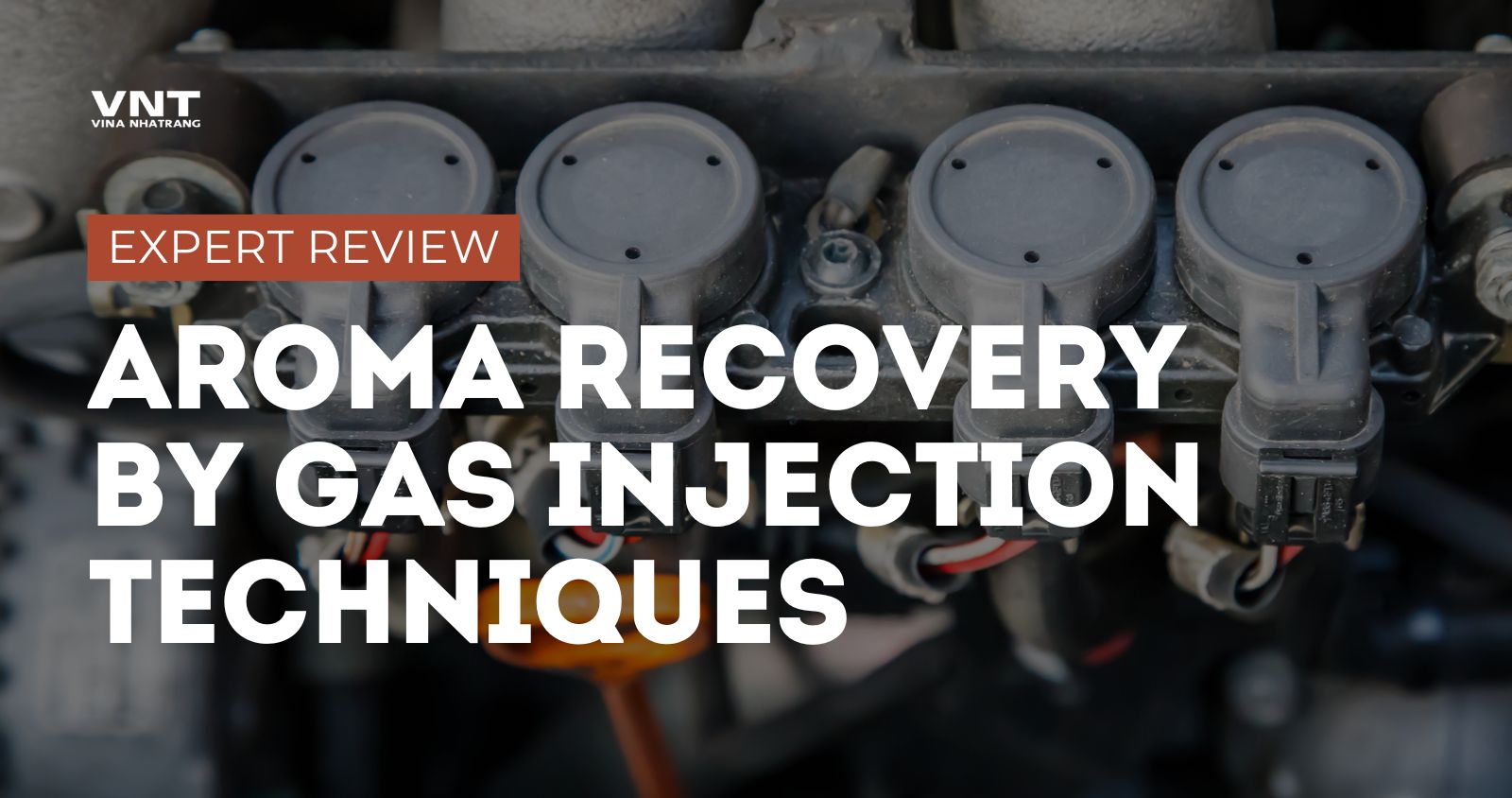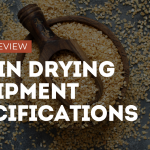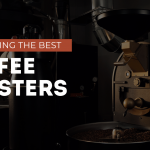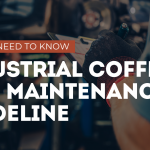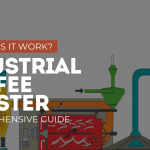Among the various aroma recovery methods, gas injection techniques have emerged as an efficient and innovative approach. By using an inert gas (such as nitrogen or carbon dioxide) to strip volatile aroma compounds from liquids, gas injection allows for selective aroma capture and reintegration without excessive heat exposure. This technique is particularly valuable in juice processing, coffee and tea extraction, alcoholic beverages, and fermented dairy products.
This article explores how gas injection techniques work, their industrial applications, and key technologies in aroma recovery.
Understanding Aroma Recovery by Gas Injection Techniques
What Are Gas Injection Techniques?
Gas injection techniques for aroma recovery involve the introduction of an inert gas into a liquid, causing volatile aroma compounds to be stripped from the solution and carried into a recovery system. The gas, now enriched with aromas, is then processed through a condenser, scrubber, or absorber to separate and collect the valuable volatiles.
This method is similar to steam stripping, but instead of steam, an inert gas (such as nitrogen or carbon dioxide) is used, ensuring that sensitive aromas are not exposed to excessive heat.
How Gas Injection Enhances Aroma Recovery
- Selective Aroma Stripping: The gas selectively binds to aroma compounds, pulling them from the liquid phase without affecting non-volatile components.
- Prevention of Oxidation: Since gases like nitrogen are inert, they prevent oxidation of aroma compounds, maintaining their freshness.
- Mild Processing Conditions: Unlike traditional evaporation methods, gas stripping does not require high temperatures, making it ideal for heat-sensitive products.
- Scalability & Efficiency: Gas injection can be integrated into continuous processing systems, making it highly efficient and scalable for industrial applications.
Key Technologies in Gas Injection Aroma Recovery
The success of aroma recovery using gas injection techniques depends on the efficiency of gas-liquid interaction, the selective capture of volatile compounds, and the ability to reintegrate recovered aromas into the final product. Several cutting-edge technologies are used in the industry to maximize aroma retention while maintaining product quality. Below are the most effective gas injection aroma recovery systems, each designed for different applications.
1. Gas Stripping Columns
Best for: Continuous aroma recovery in fruit juice, alcoholic beverages, and dairy processing.
Gas stripping columns are one of the most commonly used technologies in aroma recovery. These vertical towers allow gas-liquid contact, ensuring efficient stripping of volatile aroma compounds from liquids. Inert gases like nitrogen or carbon dioxide are injected at the bottom of the column, traveling upwards through the liquid, binding with volatile aromas, and carrying them to a condenser for recovery.
How It Works:
- The liquid to be stripped (e.g., juice, beer, or coffee extract) enters at the top of the column.
- Inert gas (e.g., nitrogen, CO₂) is injected at the bottom.
- The gas rises through the liquid, pulling volatile aroma compounds into the gas phase.
- The gas-aroma mixture exits at the top and enters a condenser or scrubber to separate and capture the aromas.
- The recovered aroma is stored and reintegrated into the final product.
✅ Advantages:
- Continuous process, ideal for high-volume production.
- Highly efficient at separating aroma compounds.
- Scalable for industrial use.
❌ Limitations:
- Requires precise gas flow control to optimize aroma recovery.
- Some compounds may not strip efficiently, requiring secondary processes.
✅ Used in:
- Juice concentration (e.g., orange, apple juice)
- Beer and wine de-alcoholization
- Dairy processing (whey protein, cheese aroma capture)
2. Cryogenic Gas Injection Systems
Best for: High-end coffee, tea, essential oils, and delicate aroma recovery.
Cryogenic gas injection uses ultra-cold gases, such as liquid nitrogen or cryogenic CO₂, to selectively condense and capture delicate aroma compounds. Unlike standard gas stripping columns, cryogenic systems operate at sub-zero temperatures, allowing for high-purity aroma extraction with minimal thermal degradation.
How It Works:
- The gas (liquid nitrogen or CO₂) is injected into a vapor stream containing volatile aroma compounds.
- Due to the extreme cold, the volatile compounds instantly condense while the unwanted gases are removed.
- The condensed aroma-rich liquid is collected and reintegrated into the final product.
✅ Advantages:
- Preserves heat-sensitive aromas (e.g., floral and fruity notes).
- Provides ultra-high purity aroma recovery.
- Ideal for premium product applications.
❌ Limitations:
- High operational costs due to cryogenic gases.
- Requires specialized equipment and infrastructure.
✅ Used in:
- High-quality instant coffee production
- Premium herbal teas and extracts
- Essential oil refinement and aroma concentration
3. Hybrid Gas Stripping & Membrane Filtration
Best for: Selective aroma recovery in wine, spirits, and high-end juice processing.
Hybrid gas stripping combines gas injection with membrane filtration to achieve highly selective aroma recovery. This method enhances the ability to separate specific volatile compounds while leaving unwanted components behind.
How It Works:
- Gas is injected into the liquid to strip away volatile aromas.
- The gas-aroma mixture is passed through a semi-permeable membrane that selectively allows desirable aroma compounds to pass while filtering out impurities.
- The filtered aroma concentrate is collected and reintegrated into the product.
✅ Advantages:
- Allows for precise separation of desirable aromas.
- Reduces undesirable aroma retention (e.g., bitter or sulfurous notes).
- Works well for complex liquid compositions.
❌ Limitations:
- High initial investment for membrane systems.
- Requires regular membrane maintenance to prevent clogging.
✅ Used in:
- Wine and spirit de-alcoholization
- Juice aroma concentration (e.g., tropical fruit juices)
- High-end flavored beverages
4. Liquid Ring Vacuum Pump Aroma Recovery
Best for: Capturing delicate aromas in dairy, beer, and juice production.
Liquid ring vacuum pumps are used to capture aroma compounds from gas stripping processes. They work by creating a vacuum that helps pull volatile compounds from the gas phase into a liquid absorption medium, improving aroma retention and preventing loss.
How It Works:
- Stripped aroma vapors are directed into a liquid ring vacuum pump.
- The vacuum enhances volatile compound capture, preventing them from escaping.
- The liquid absorbs the aromas, which can then be separated and concentrated.
✅ Advantages:
- Improves overall aroma yield in gas injection systems.
- Prevents loss of extremely volatile compounds.
- Works well with liquid scrubbing systems.
❌ Limitations:
- Requires specialized vacuum equipment.
- Some aromas may be altered due to pressure changes.
✅ Used in:
- Beer and cider aroma retention
- Milk and cheese aroma recovery
- Tropical fruit juice processing
5. Static & Dynamic Gas Injection Systems
Best for: Scalable aroma recovery in diverse beverage applications.
Gas injection systems can be divided into static and dynamic systems, depending on the nature of the product and the production scale.
- Static Gas Injection: The gas is introduced into a sealed container where aroma compounds are slowly absorbed over time.
- Dynamic Gas Injection: Gas is continuously circulated through the liquid, providing faster aroma stripping and recovery.
✅ Advantages:
- Scalable for different production sizes.
- Works with various gas types (nitrogen, CO₂, argon).
- Can be adapted for batch or continuous processing.
❌ Limitations:
- Requires precise control of gas flow rates.
- Some volatile compounds may still escape without additional condensation steps.
✅ Used in:
- Soft drink flavor enhancement
- Craft beer and wine aroma balancing
- Fermented dairy and plant-based beverages
Comparison of Key Gas Injection Technologies
| Technology | Best For | Main Advantage | Key Limitation |
|---|---|---|---|
| Gas Stripping Columns | Juice, dairy, beer, spirits | Continuous & scalable | Requires precise flow control |
| Cryogenic Gas Injection | High-end coffee, essential oils | Captures delicate aromas at low temperatures | High operational cost |
| Hybrid Gas Stripping & Membrane Filtration | Wine, spirits, premium juice | Selective aroma separation | High initial investment |
| Liquid Ring Vacuum Pump Recovery | Dairy, beer, juice | Enhances volatile capture efficiency | Requires vacuum system |
| Static & Dynamic Gas Injection | Soft drinks, craft beverages | Flexible for different production scales | Risk of some aroma loss |
Industrial Applications of Gas Injection Aroma Recovery
1. Fruit Juice & Beverage Processing
Challenges:
- Aroma loss due to pasteurization, evaporation, and concentration processes.
- Heat-sensitive compounds are often degraded or lost in conventional evaporation.
Gas Injection Solution:
- Nitrogen or carbon dioxide is injected into the juice before concentration.
- The stripped aroma compounds are recovered in a condenser and reintegrated into the final product.
✅ Example:
- Orange juice processing uses nitrogen stripping to recover lost citrus esters before the juice is concentrated.
2. Coffee & Tea Processing
Challenges:
- Instant coffee and tea lose significant aroma compounds during freeze-drying and spray-drying.
- Traditional drying processes lead to flat-tasting products without proper aroma reintegration.
Gas Injection Solution:
- Nitrogen gas is injected into brewed coffee or tea extracts, stripping key volatile compounds.
- The gas-aroma mixture is condensed, and the aroma concentrate is added back into the final powder or liquid extract.
✅ Example:
- Cryogenic gas injection is used in premium instant coffee production to retain the fresh-brewed aroma.
3. Alcoholic Beverages & Wine Processing
Challenges:
- In low-alcohol wines and spirits, aroma compounds are often lost during alcohol removal.
- Ethanol carries many desirable fruity and floral esters, which need to be retained.
Gas Injection Solution:
- Carbon dioxide or nitrogen is used to strip ethanol along with volatile aromas.
- The aromas are separated, stored, and reinfused into the final beverage post-processing.
✅ Example:
- De-alcoholized wines use gas stripping techniques to preserve their original aroma profiles while reducing alcohol content.
4. Fermented Dairy & Cheese Processing
Challenges:
- Dairy products like yogurt and cheese develop rich flavors during fermentation, but these volatiles can be lost during pasteurization.
- The challenge is to retain these complex dairy aromas without overheating the product.
Gas Injection Solution:
- Inert gas is injected into the fermented dairy solution, capturing volatile flavors before heat treatment.
- The recovered aroma is reintroduced into the final dairy product to maintain its original profile.
✅ Example:
- Aged cheese aroma recovery using nitrogen stripping to capture nutty and buttery volatiles.
➡️ Next reading: Aroma Recovery by Adsorption
Conclusion
Gas injection techniques have revolutionized aroma recovery, offering highly selective, energy-efficient, and scalable solutions for food and beverage manufacturers. From gas stripping columns and cryogenic condensation to hybrid membrane filtration, these technologies enable producers to preserve the full aromatic complexity of their products.
As advancements in AI-driven gas flow control, sustainable gas recycling, and membrane integration continue, gas injection will become an even more precise and cost-effective tool for flavor retention and aroma enhancement in the food and beverage industry.
References: Information sourced from Karlsson & Trägårdh (1997) on aroma recovery during beverage processing.
